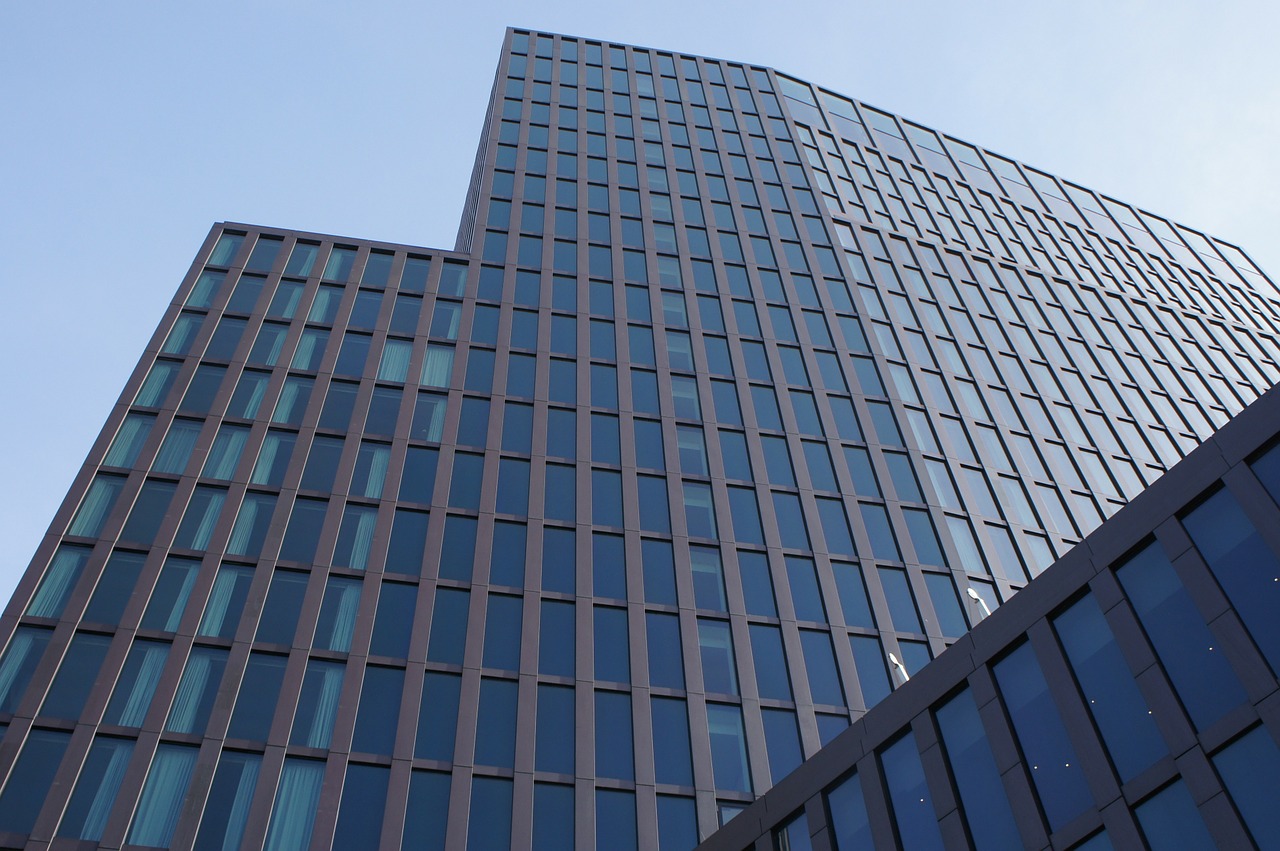A new guideline, ASHRAE Guideline 0.2-2015, Commissioning Process for Existing Building Systems and Assemblies, is geared to helping commissioning providers ensure optimized operation of their facilities and systems.
The document outlines a systematic quality-oriented process that improves the performance and sustainability of existing facilities, ASHRAE says. It includes information about planning, assessing, investigating, implementing, verifying, and documenting performance to meet operational requirements.
The step-by-step process guides owners and facility managers through the process of ensuring optimum effectiveness from their facility for the lowest investment and provides the tools to ensure those benefits last for the life of the building. It expands on the commissioning principles developed in ASHRAE Guideline 0.
“Guideline 0.2 provides commissioning providers with the latest tools needed to address the growing market of commissioning existing buildings that require improvements to reduce energy consumption, improve occupant comfort, and increase operational efficiency,” Tom Cappellin, vice chair of the committee that wrote the guideline, said.
Related Stories
| May 15, 2012
Suffolk selected for Rosenwald Elementary modernization project
The 314-student station elementary school will undergo extensive modernization.
| May 10, 2012
Chapter 6 Energy Codes + Reconstructed Buildings: 2012 and Beyond
Our experts analyze the next generation of energy and green building codes and how they impact reconstruction.
| May 10, 2012
Resilience should be considered a sustainability factor
Since a sustainable building is one you don't have to rebuild, some building sustainability experts believe adding points for "resilience" to storms and earthquakes to the LEED sustainability rating tool makes sense.
| May 10, 2012
University of Michigan research project pushes envelope on green design
A research project underway at the University of Michigan will test the potential of intelligent building envelopes that are capable of monitoring weather, daylight, and occupant use to manage heating, cooling, and lighting.
| May 10, 2012
Fire suppression agents go greener
Environmental sensitivity is helping to drive adoption of new fire suppression agents.
| May 10, 2012
Industry groups urge Congress to leave contracting decisions to agencies
An organization of several industry groups urged Congress to leave many contracting decisions to the discretion of individual agencies by avoiding blanket mandates.
| May 10, 2012
OSHA proposes new rule to have employers find and fix hazards
The Occupational Safety and Health Administration has proposed a new regulation, Injury and Illness Prevention Program, or I2P2, which would compel employers to find and fix safety hazards.
| May 3, 2012
Stay current on green codes at AGC Environmental Conference
Keep abreast of market trends such as 2012 changes to green standards and codes at the AGC Contractors Environmental Conference, June 7-8, 2012 in Arlington, Va.















